STO - Due to the heavy rain and storms, the environmental factors of the pond are easily affected, causing shock to the shrimp and the emergence of some dangerous diseases such as white spots, white feces, and recently EHP (microsporidia). This is also the main reason why the farming area and density in this crop are very low compared to the main crop.
It can be seen that the disease situation in shrimp farming since the beginning of the year has not been large and widespread, but it has had a significant impact on the productivity and profits of farmers. However, according to the writer's records, except for some areas and farming areas infected with the disease, leading to reduced productivity due to harvesting small-sized shrimp or complete damage, most people believe that this year's farming is very easy to achieve productivity, thanks to fast-growing shrimp and high survival rates, but farmers still do not make a profit or even suffer losses, mainly because shrimp prices are below cost.
Breeding enterprises strengthen inspection and disease safety management, ensuring the supply of healthy and disease-free breeds. Photo: TICH CHU
Currently, the provinces downstream of the Mekong River are entering the peak of the rainy and stormy season, so the management and care of shrimp ponds are always facing many difficulties. Not to mention, some dangerous pathogens such as white spots, white feces and especially EHP are still circulating in most farming areas, making the shrimp crop even more difficult. This is worrying because shrimp prices have recently started to increase, ensuring profits for farmers, so some farmers are also rushing to find capital to release seeds. Worrying because currently, most of the water sources for farming areas are no longer saline, so apart from the households that have water stored from the previous farming season, the remaining households mostly use groundwater. Meanwhile, according to the recommendation of the Department of Agriculture and Rural Development of Soc Trang province, farmers should not use groundwater to raise shrimp because this water source often contains many heavy metals and toxic gases, posing many risks to farmed shrimp.
Over the past decade, the shrimp industry has been severely affected by a number of emerging and re-emerging diseases. One of the major diseases is AHPND, also known as early mortality syndrome (EMS), a bacterial disease that has led to severe mortality (up to 100%) in whiteleg and black tiger shrimp populations and caused significant economic losses to the shrimp farming industry. After EMS subsided, shrimp farmers continued to face white feces disease and EHP disease, for which there is still no effective prevention or treatment. In particular, in the past 2 years, EHP disease, although silent but widespread, has become a constant concern for shrimp farmers, even those applying high technology have become victims of EHP.
Not yet relieved from the worries about the disease caused by EHP, on the morning of September 13, Mr. Ho Quoc Luc - Chairman of the Board of Directors of Sao Ta Food Joint Stock Company shared another worrying information: "Recently, I heard that there was a new bacteria causing disease in postlarvae shrimp that is thousands of times more dangerous than the one causing EMS disease". To verify the above information, Mr. Luc immediately contacted Mr. Nguyen Hoang Anh - Chairman of the Binh Thuan Shrimp Breeding Association and was confirmed that it was true and that this new type of bacteria currently has no effective prevention and treatment solution, causing shrimp breeding enterprises to lose sleep and appetite. When hearing the above information, Mr. Luc was quite worried because if unfortunately, this disease broke out in shrimp breeding farms, it would cause a serious shortage of seed supply for farming areas.
According to the author's research, at the end of 2019, shrimp hatcheries in China discovered a new disease that often occurs in the 6-12 day old PL postlarvae stage. This new disease is called "translucent post-larvae disease" (TPD) or "glass post-larvae disease" (GPD) by Chinese scientists. This TPD affects 6-12 day old whiteleg shrimp postlarvae with a mortality rate of more than 90% within 24-48 hours after the first signs of abnormal individuals. Typical overall clinical signs include an empty intestine without food and a pale or colorless hepatopancreas, making the shrimp's body look transparent like glass, so it is also called glass postlarvae disease.
To proactively respond to extreme weather conditions and limit diseases to protect the shrimp herd in the fields, which currently has more than 14,000 hectares, the Soc Trang Department of Agriculture recommends that farmers should strengthen measures on: paying attention to the quality of the breed, managing the pond environment, food, diseases, etc. Accordingly, farmers need to increase the measurement of environmental factors, monitor the water color in the pond regularly before and after the rain and adjust environmental factors to stabilize and optimize the shrimp farming during this period. Hopefully, scientists will soon find effective solutions to prevent and treat the above dangerous diseases so that shrimp farmers can feel secure in taking care of the shrimp at the end of the season as well as preparing for the new farming season in 2024.
ACCUMULATE
Source




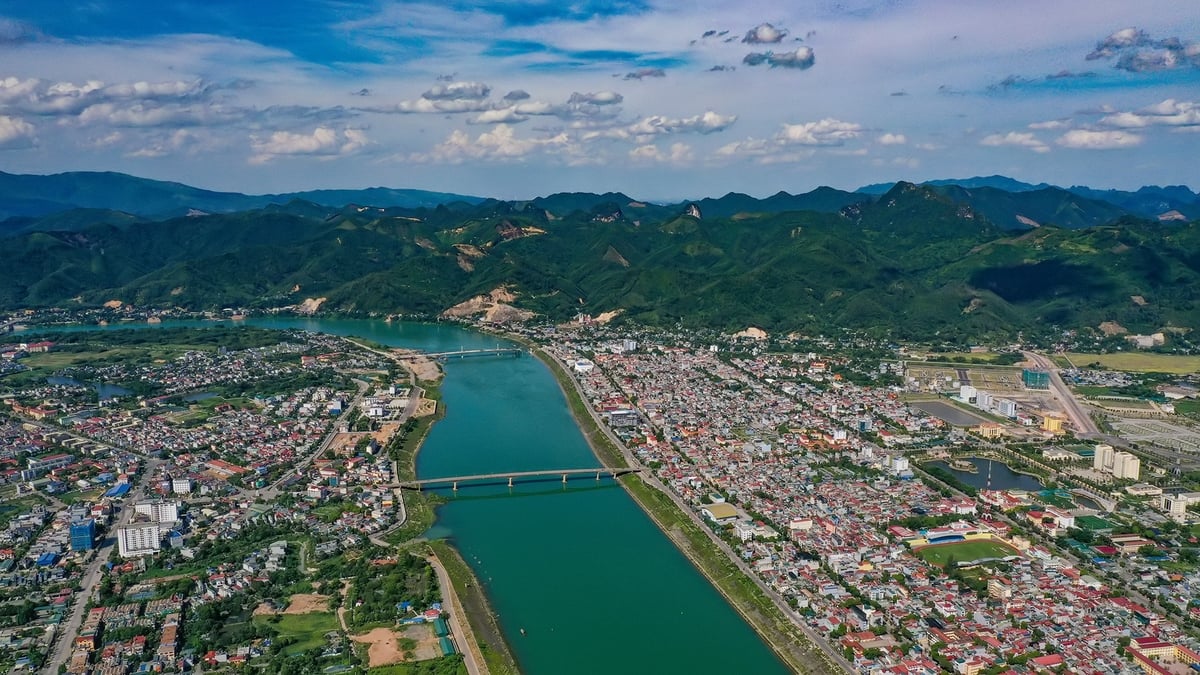


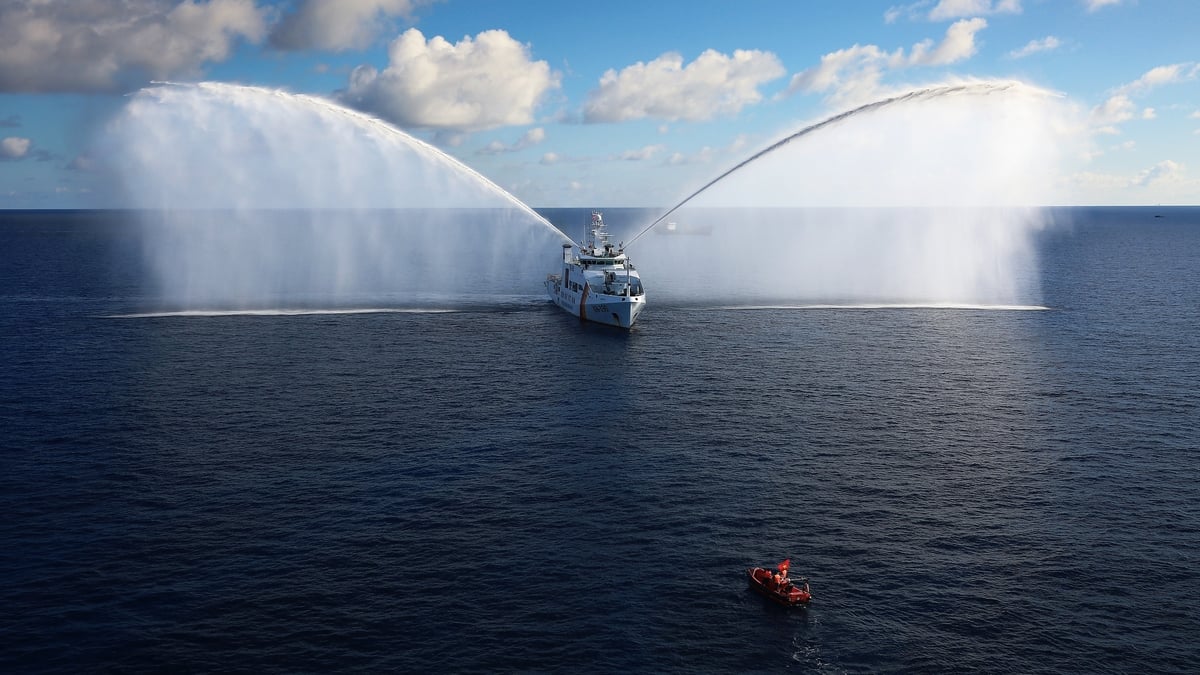

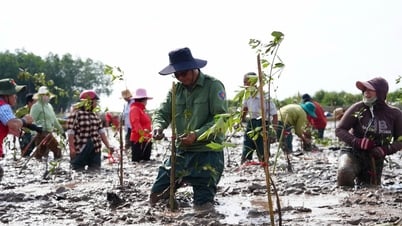

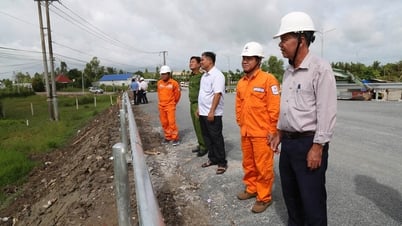
























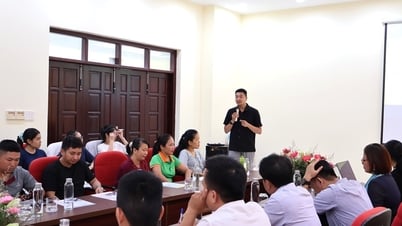























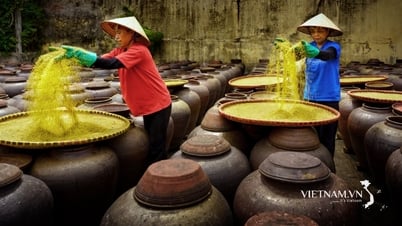




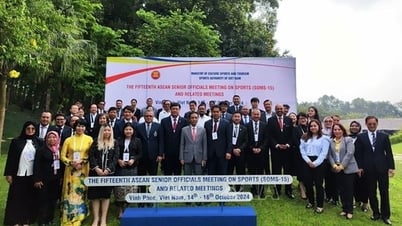












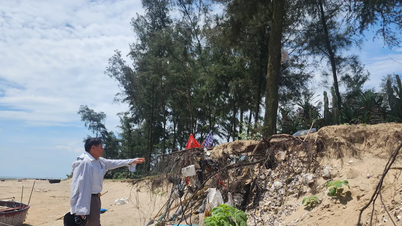














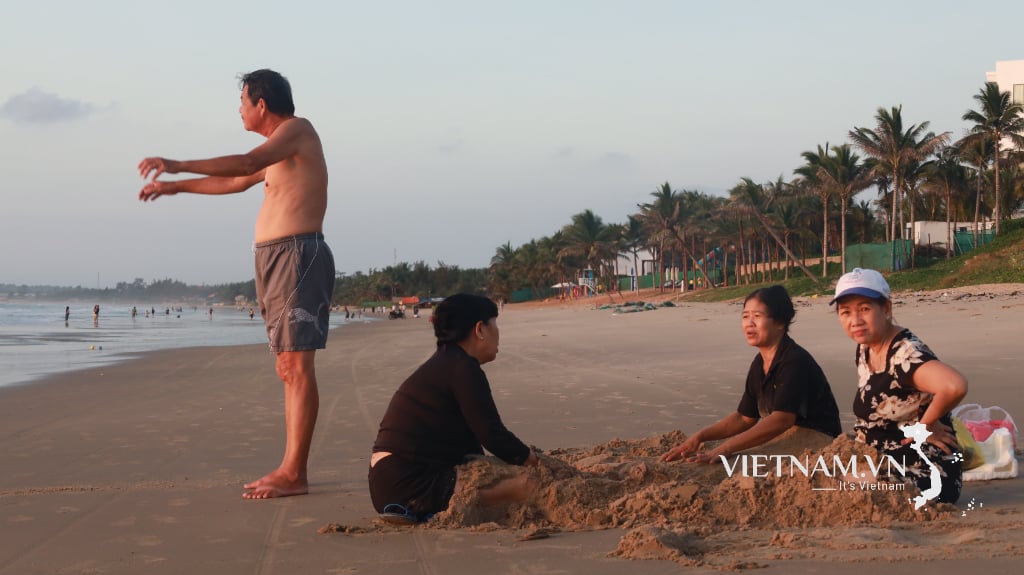
Comment (0)